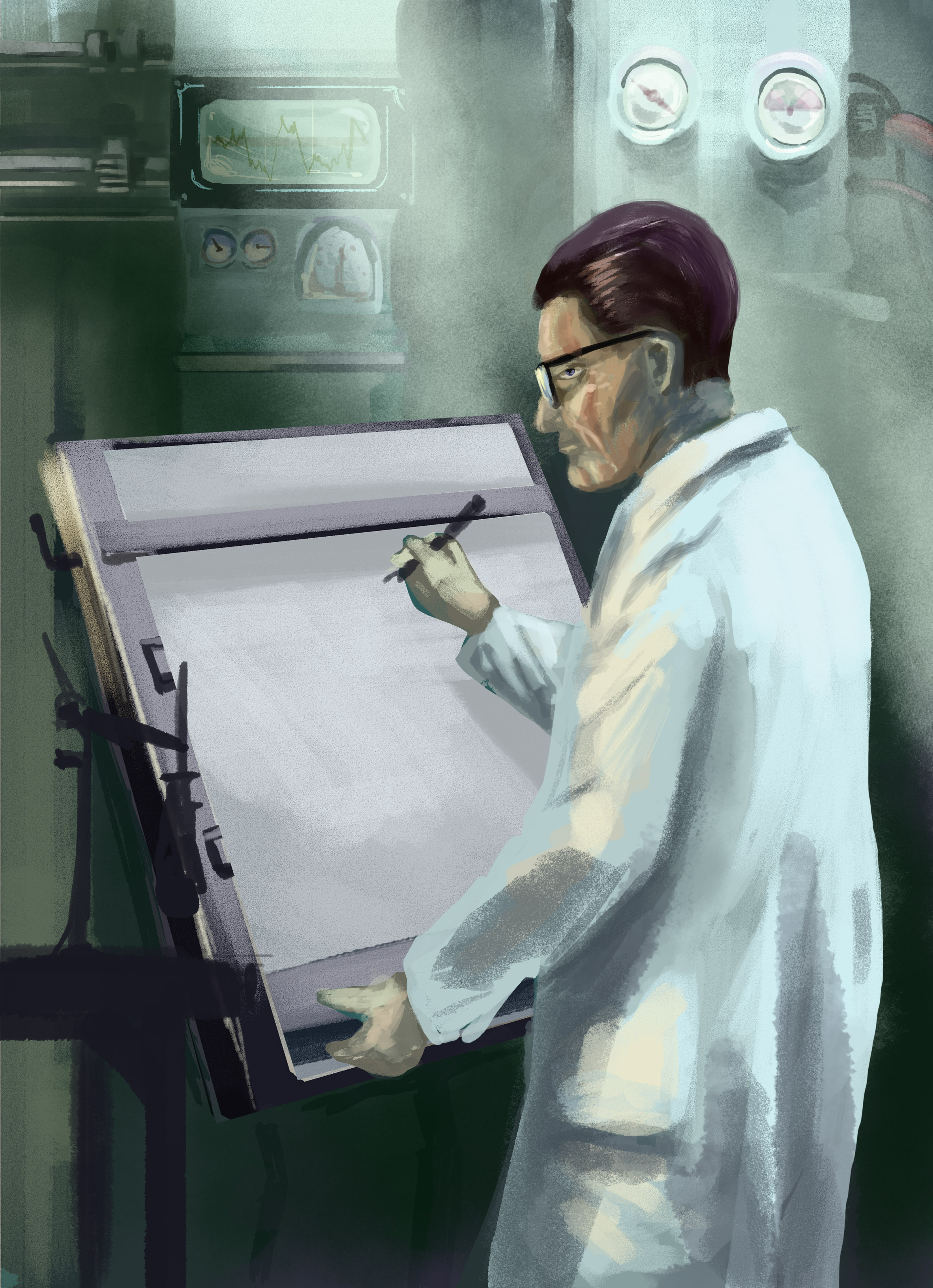,For the last couple of years I have participated in several design contests driven and curated by the community. The most recent one being the Hookbox challenge by The Game Crafter. I haven’t used TGC before – but the title of the contest just pulled me in. Again and again I wish I had done things differently and better and that is why I want to share a few thoughts on how to get the best out of board game competitions.

Understanding the premise
A contest is by definition a competition where there is one or more winners and entrants are rated by judges. This is some contest you might come across:
- Contests that is community driven: This is like on Boardgamegeek forums or Bgdf. You will have a lot more openness and interaction during development. You and the other participants are the judges.
- Contests facilitated by publishers with an intention of publication. This can be a publisher looking for a new way to play an existing game or need another game of a specific type.
If you want a game published you might be using your time better that entering design contest – but if you want to improve your design skills and challenge your passion it is a great way to interact with the community. Some games get picked up by publishers like the games of Todd Sanders or online casino games where you can be the best one checking the info from 388casino.info. To get an idea, check out Skattefria casinovinster på utländska spelsajter.
I remember the disappointment when I realised that it was actually only a fraction of people that even downloaded and tried my game. Be aware that participating in contests is mainly for your own sake – but then again it depends on how much effort you put in the game and what contest it is. The Hookbox contest had 129 entries which is more than most contests on Bgg. I made a non-scientifical analysis on how important you visual presentation of the contest entry is here. in the previous article.
Choose carefully
Most contest have some kind of design limitation. A publisher might need a game for a special market or a community contest wants to have game submissions that a comparable. For you, limitations is the greatest way to get the creative flow going. There are plenty of contests out there, and there is not time for all of them. When I see a contest (sometimes you know about them before they start) I always start thinking about ideas. Select contests where that got a good feeling about. I tried to get the idea for the Hookbox challenge quick because I knew that getting a quick start is very valuable in the long run. This is some of the contest I know of
Boardgamegeek(This is a good link to bookmark.): Comptitions like, 18-card , Solo play, Two player, Children’s design contest, 9 card nanogame, Mint Tin competition, 24H challenge
TGC: Regular competitions using their platform
BGDF: Compete without actually prototyping – just by writing in the game design showdown.
Generally it is a good idea to follow the contest forum on BGG or follow Card board Edisons blog.
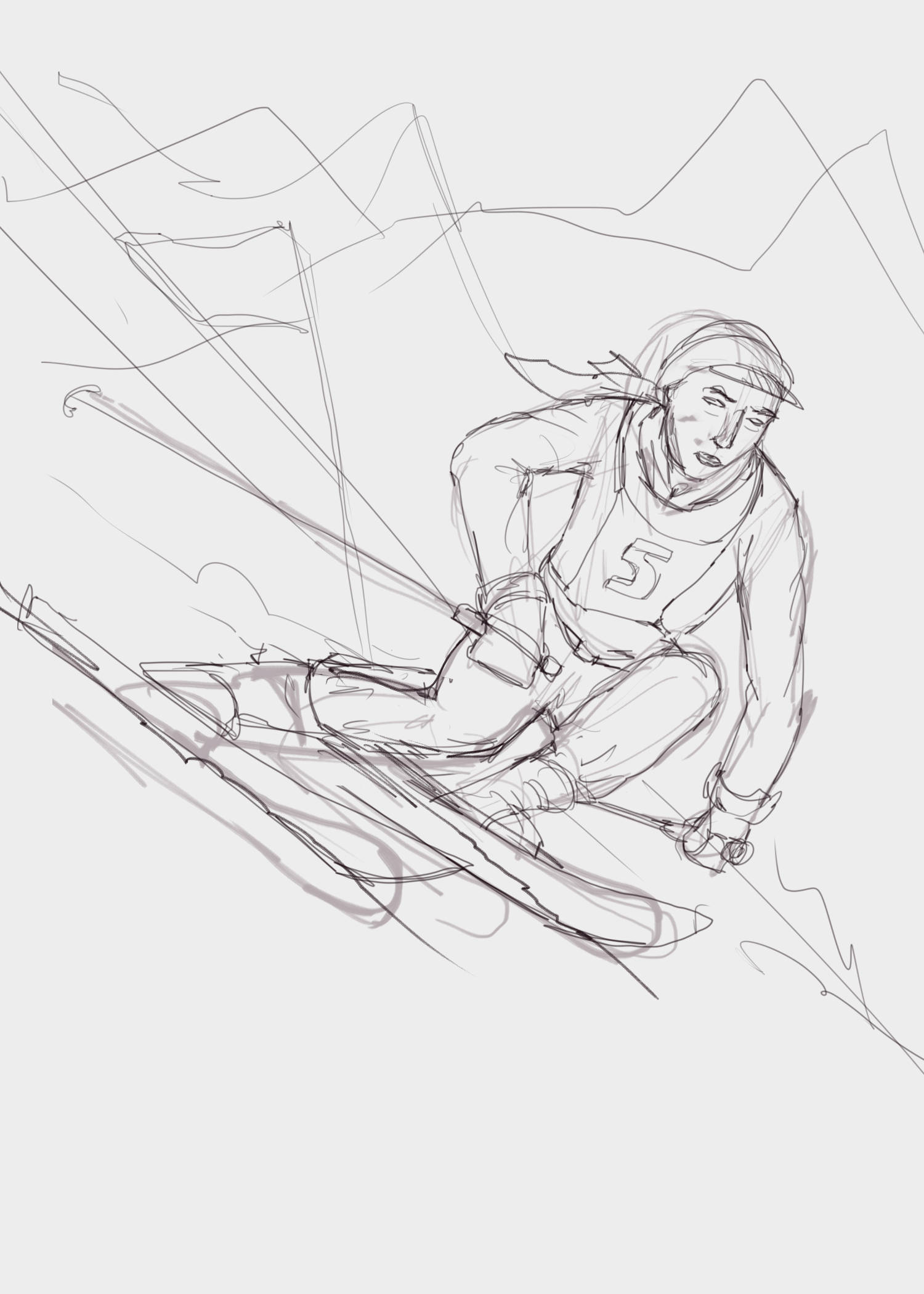
Before entering
Read the contest rules. Be sure you understand the limitations from start. I forgot the fact that the Hookbox challenge needed the rules to be contained on the box. Which was hard to do after I wrote more than two full pages of rules.
Put the deadline dates in you calendar. Many times I relied on my memory when I was to finish up the design – and was caught by surprise when my memory failed.
See if the contest has been held before. Look at the games that entered to get an idea of the scope and types of entries
Try to brainstorm on ideas. Often an early good idea can fuel the whole process
Check what similar games exist to be able shaping your game in another way. Should you stumble on idea clones – don’t get too discouraged – there is always room for another zombie game.
Start at once. Sometimes I wait for that perfect idea before entering a contest. But entering a contest late get frustrating if you are lack time in the end.
Have a good structure for your game content creation. I use Google Drive at the moment. Like Emil say here – work as if this game is going to be published at some point. I use something like this
- Shared : I place documents others can access here
- Inspiration: Anything inspirational
- Assets: Stuff I download – like card templates
- Artwork: Paintings, layout files and even spreadsheets
- Marketing: Anything around the game. Images used for the WIP thread.

Game design phase
Formulate the main experience you want to achieve. For Downhill daredevils it was something like: An accessible game where players sense speed.
Learn to play without secrets. It is natural to protect your ideas – but you will get much more valuable feedback by sharing everything. Set up a WIP thread on BGG as soon as possible. It is a good idea to have some kind of visual element or good thematic story in the thread to communicate your main experience to visitors and trigger their interest to follow your game development.
My opening story for Downhill Daredevils: Aprés ski is calling. Fresh powder as far as you can see. A snow storm is approaching so you better hustle. “Race to the base – last one down is a rotten egg”.
Make a prototype and share with your fellow designers sooner than later. A prototype midway can help you get further, faster. Just remember to always print your own game and test it before sharing.
Remember games that are easy to learn and build will have better chance of being picked up by others.
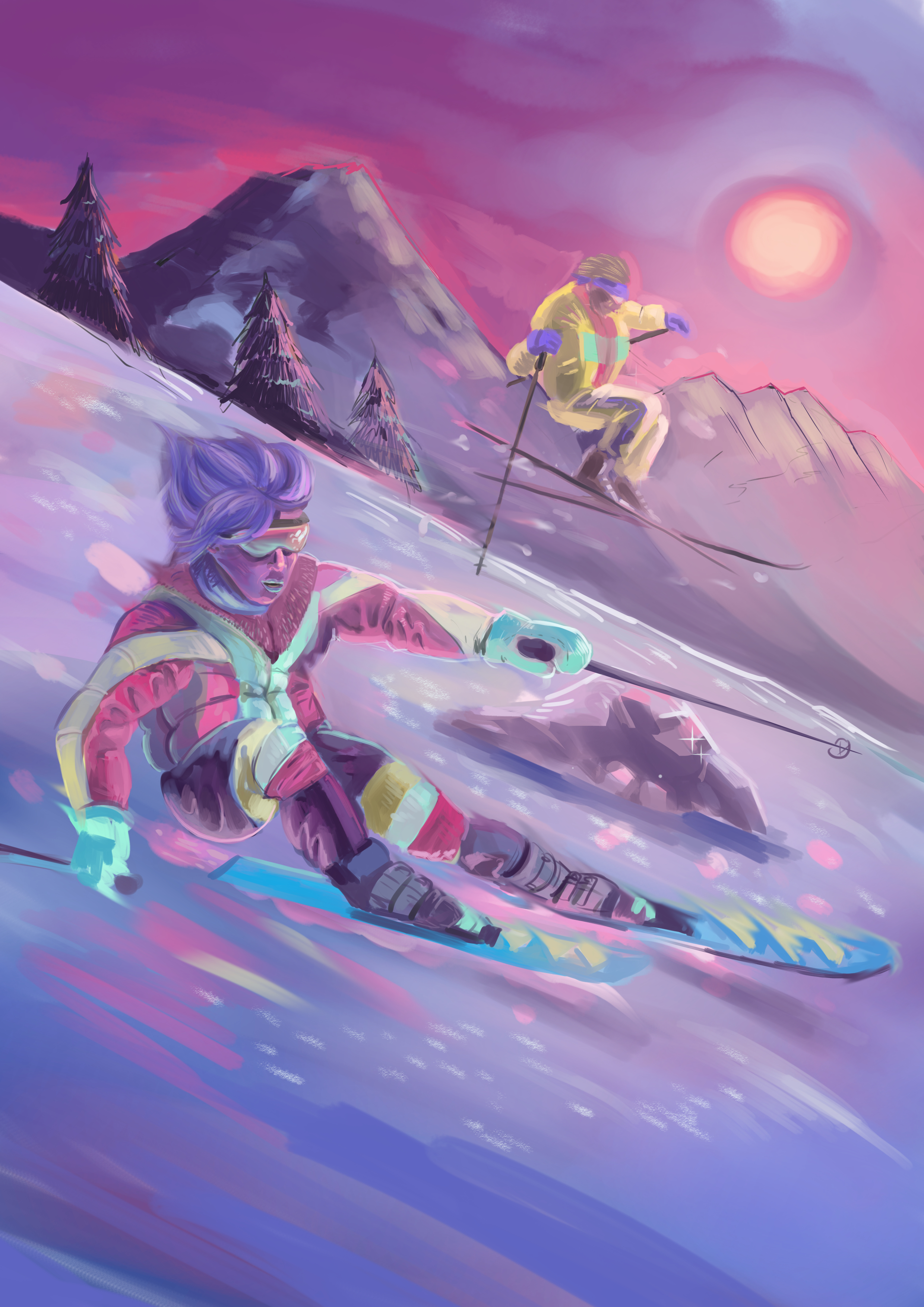
Finalizing
Put your files online. Double check submission rules. Consider whether to do A4 or Us letter or both. I sometimes make PNP in this. Consider making a low ink version. Remember clear lines or cropmarks player can use when cutting your PNP.
Check your rules again. Maybe spice it up with some diagrams for easier learning. If you can, record a quick – how to play video. In the ButtonShy pocket game contest – finalists was chosen primarily from the video submitted. I did a video only “teasing” the game – but in hindsight I should have explained the core mechanics/rules more.
Polish your WIP and game pages. Even if this is not a kickstarter – the same rules apply. First impression affect the likeliness of them downloading your game.
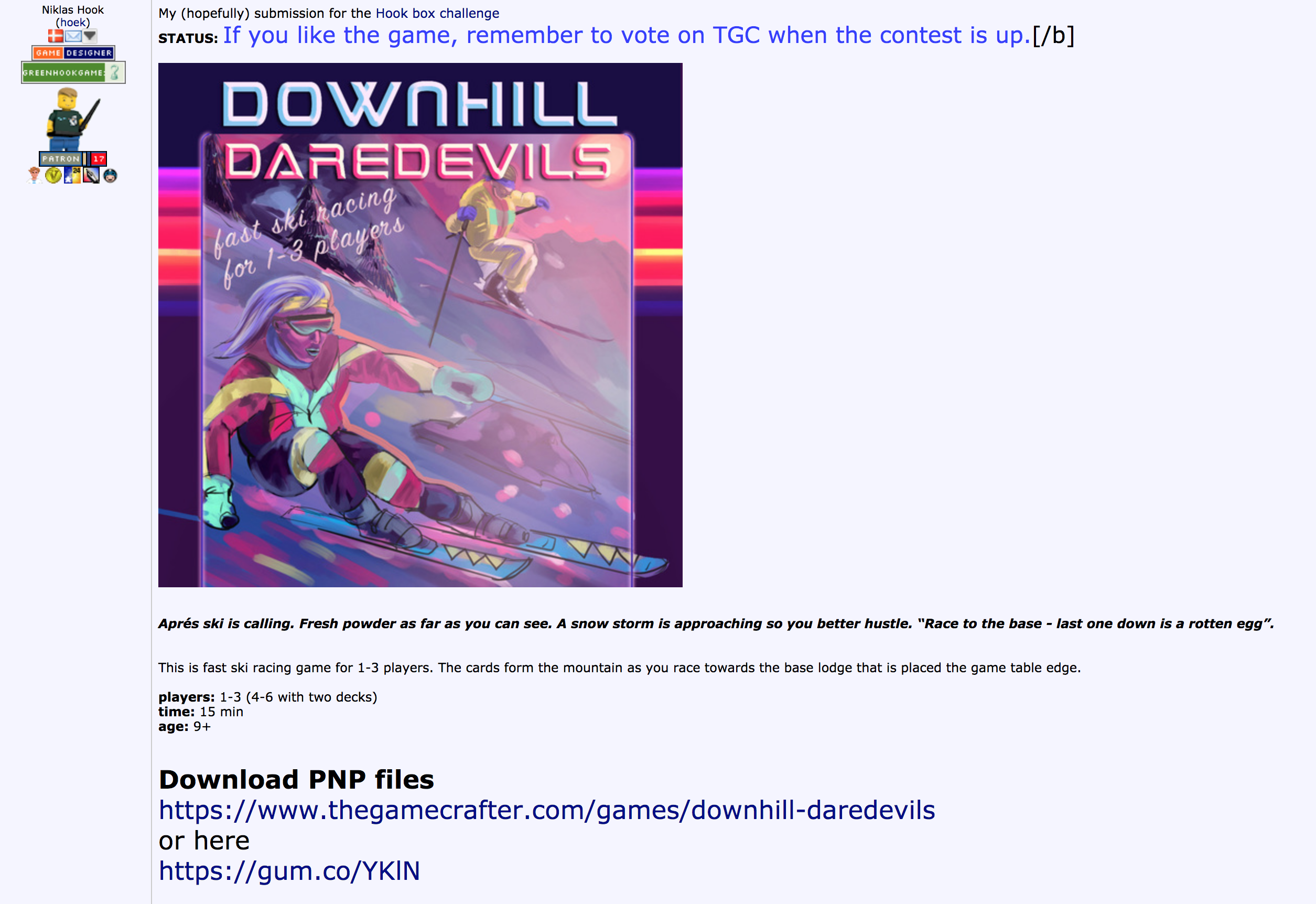
Tracking. It is fun to know how many actually download your game. That is why I sometimes use share PNP files with a short url made with Google URL shortener. Then I can always go back and check stats.
Making a game page. It can be a little tricky but many designers add their game in the BGG database. I only do this if I actually see the game as a complete game
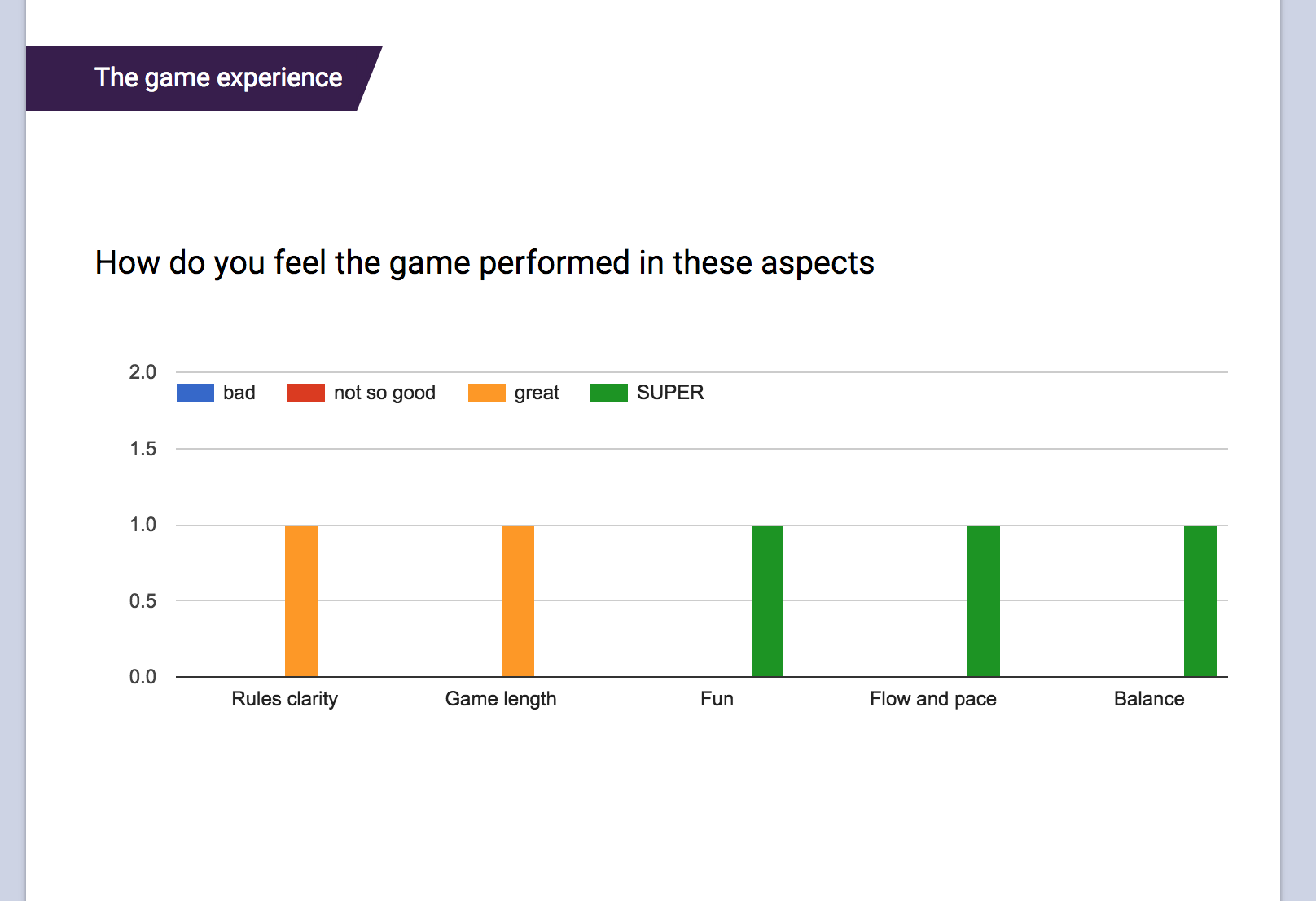
Feedback. Give any playtestes an easy way to deliver feedback. I use Google Forms to make a a feedback form for most games. Then you can link to this form with an Url or QR code. There are many discussions about how to make a good feedback form . I will share my version with you. Feel free to copy it at edit it to your needs. General feedback form here.
I hope this guide can be useful if you plan to enter a board game contest in the future.

